In the politically charged, dog-eat-dog world of Game of Thrones, religion is a major aspect of any society. Although the gods of the Game of Thrones universe are more distant and mysterious, it can’t be denied that some seem to influence the characters and plot more than most.
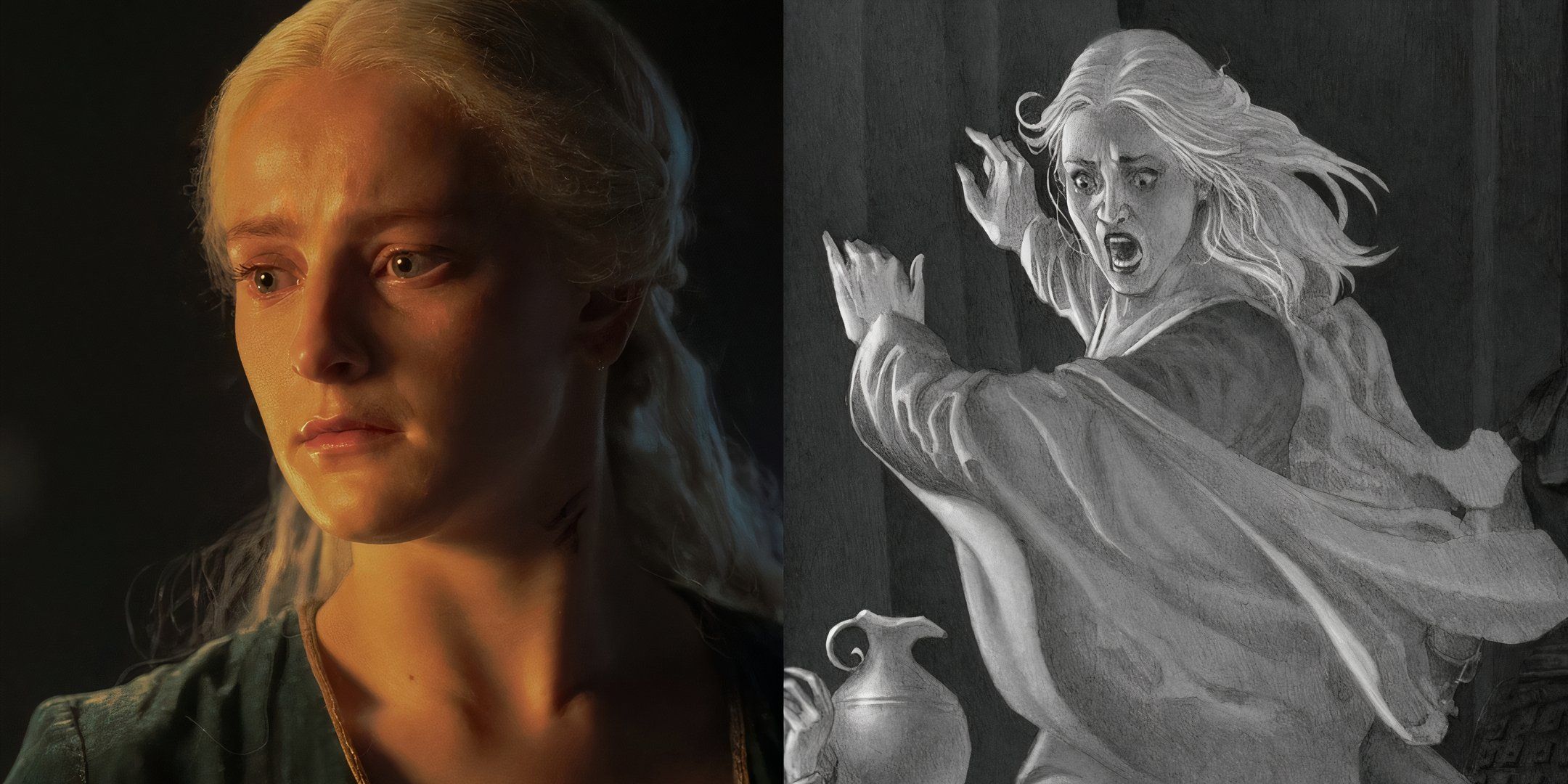
Related
House Of The Dragon: George RR Martin’s Comments, Explained
We have a look at what George RR Martin’s comments mean for HOTD.
In both Westeros and Essos, religion is not only used as a guiding hand for both the highborn and the low, but a political weapon to destroy one’s enemies. If you find the major religions of Game of Thrones both interesting and mystifying, stick around as we’ll give you a detailed rundown of each religion, its history, tenets and practices.
The Faith Of The Seven
The main religion of Westeros, the Faith of the Seven – known as the Faith or the Seven – dominates almost every aspect of life in Westeros society. But before becoming the continent’s main religion, the Faith was the religion of the Andals, who originated from the land of Andalos in northwestern Essos.
The Andals brought their religion to Westeros when they invaded it, defeating the First Men, burning weirwood trees and nearly eradicating the Children of the Forest as they considered magic evil. They quashed any worship of the Old Gods to the point that only the North and a select few Houses worship them now.
The Faith revolves around a deity known as the Seven Who Are One, who possesses seven faces that represent different aspects:
|
Father |
Also known as the Father Above, the Father represents justice and protection. Devotees would pray to the Father to obtain justice or defend their loved ones in battle. |
|---|---|
|
Mother |
Also referred to as the Mother Above, the Mother is quite self-explanatory and seen by devotees as a warm, kind and loving figure. Prayers are made for pregnancies and protecting one’s children and family. |
|
Maiden |
Depicted as a beautiful young woman, the Maiden represents a girl’s purity. Highborn maidens would travel to a sept on Maiden’s Day to light candles and sing songs. Prayers would be offered to the Maiden for a good marriage, along with the preservation of a girl’s innocence until marriage. |
|
Crone |
The Crone is usually depicted as an old woman carrying a lamp; prayers are usually made for wisdom and good judgment. |
|
Warrior |
The Warrior is a representation of courage, justice and battle proficiency, shielding devotees from enemies of the Seven. Knights or soldiers would pray or make offerings to the Warrior for protection before battle, or victory prior to a trial by combat. |
|
Smith |
The Smith is considered a figure of protection and reliability, capable of fixing the injustices of the world. |
|
Stranger |
In essence, the Stranger represents death, and it’s noted by characters in the books (and show) that nobody lights a candle at the Stranger’s altar. The Stranger is the Grim Reaper figure in the Game of Thrones universe, guiding the dead to the afterlife. |
A Well-Oiled Machine
Men and women who swear themselves into service to the Seven are known as septons and septas respectively, and are housed in places of worship called septs. Both septons and septas vow to never marry or have children, and do away with their surnames – especially if they were highborn.
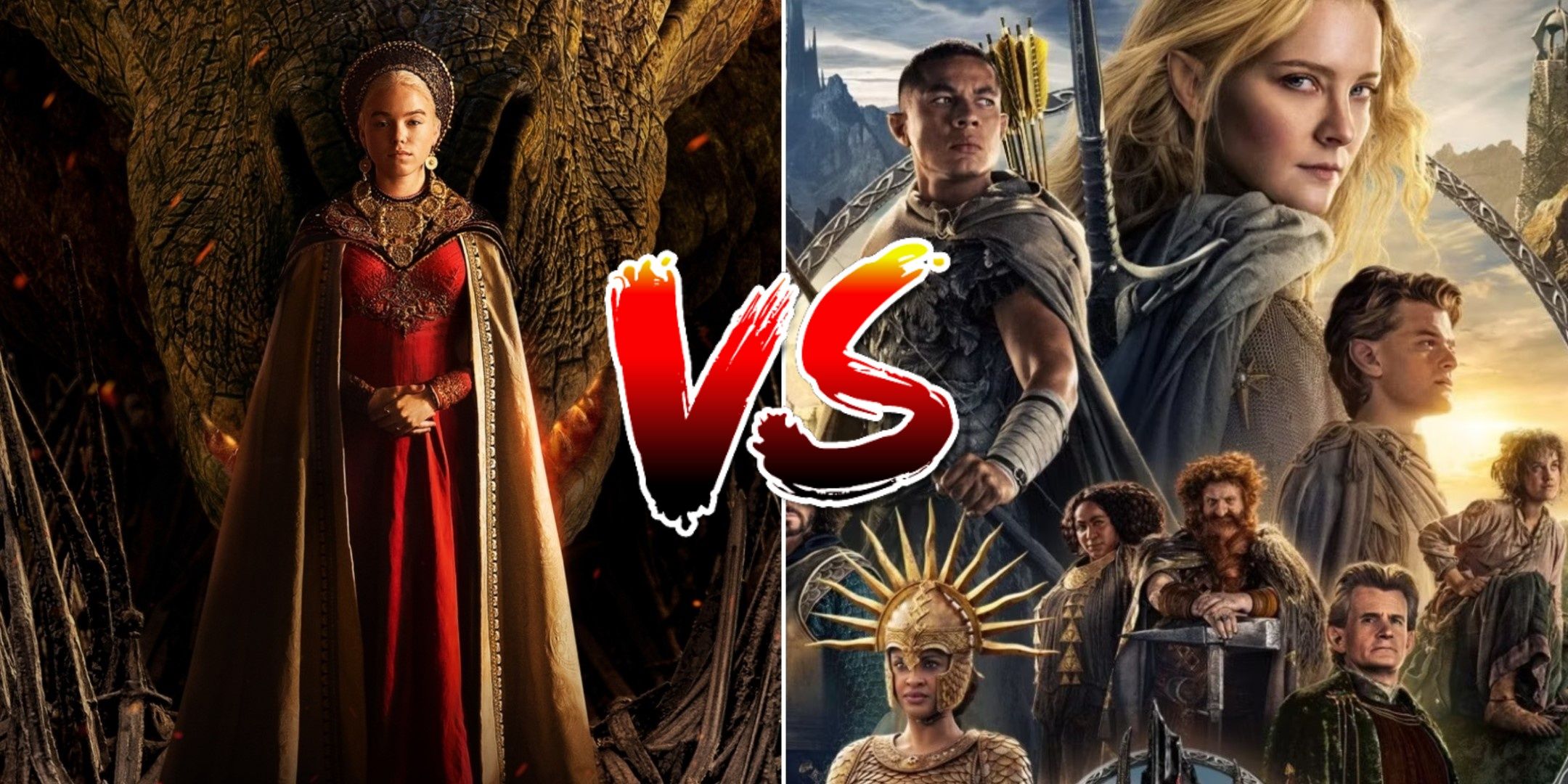
Related
The Lord Of The Rings: The Rings Of Power Vs. House Of The Dragon – Which Show Is Better?
Political fantasy at its finest.
While septons lead worship, septas either perform acts of piety in motherhouses or work as governesses in noble houses. They teach highborn daughters how to read, write, do sums and embroider, as well as inform them of their future duties as wives and mothers, as demonstrated through Septa Mordane in Season One of Game of Thrones.
The highest figure of authority in the Faith was the High Septon. Elected from a council of high-ranking septons in the Faith, the High Septon can grant marriages and divorces. Although he doesn’t officially have political power, the office of High Septon has been shown to have considerable political influence, such as the High Sparrow’s ability to essentially take over King’s Landing from the Crown.
The Faith Militant
The Faith originally had their own army known as the Faith Militant. Devoted to the point of fanaticism, the Faith Militant had no compunction to brutally kill those they considered against the Faith’s tenets. Due to the incest practised by the Targaryens, they caused so much chaos that King Maegor banned them, and they faded into existence after King Jaehaerys’ reign.
They had a short-lived revival during the reign of King Tommen Baratheon and were led by the High Sparrow. Queen Mother Cersei used them to get rid of the Tyrells, only to fall victim herself after her murder of Robert Baratheon was revealed.
In the book, Cersei has completed her Walk of Atonement and the Faith Militant is still very much in power, but in the show, they were destroyed after Cersei blew up the Great Sept of Baelor using wildfire.
The Old Gods
The Old Gods refer to a collection of innumerable deities that are said to exist in nature. Before the arrival of the First Men, it was the religion of The Children of the Forest, although it was eventually adopted by the First Men and became their official religion. As mentioned above, the Old Gods lost their status as the main faith of Westeros after the First Men lost to the Andals. Now, only the northern part of the Seven Kingdoms still practise it, most notably House Stark and the free folk (or wildlings).
One of the main aspects of this religion is the weirwood trees and those bearing faces that have been carved by The Children are known as heart trees. According to their beliefs, the gods witness everything through the eyes of the heart trees. As a result, oaths and weddings are done before a heart tree. Noble houses that worship the Old Gods have a godswood with a heart tree in it, although places down south like the Red Keep and Harrenhal also have godswoods.
Although incest, murder and kinslaying are against the Old Gods, there are no set rules, organisational system or devoted sect as the Seven does. There is no official head of the religion, and prayers are done in private and at your discretion.
The Drowned God
Unlike the rest of the Westerosi, the Ironborn of the Iron Islands only worship the Drowned God. This religion is a major factor in shaping Ironborn culture, beliefs and practices, from the stealing of women to rampant piracy, which they refer to as paying the iron price. According to lore, the Drowned God has a nemesis in the Storm God, who threatens the lives and livelihoods of the Ironborn with his great storms.
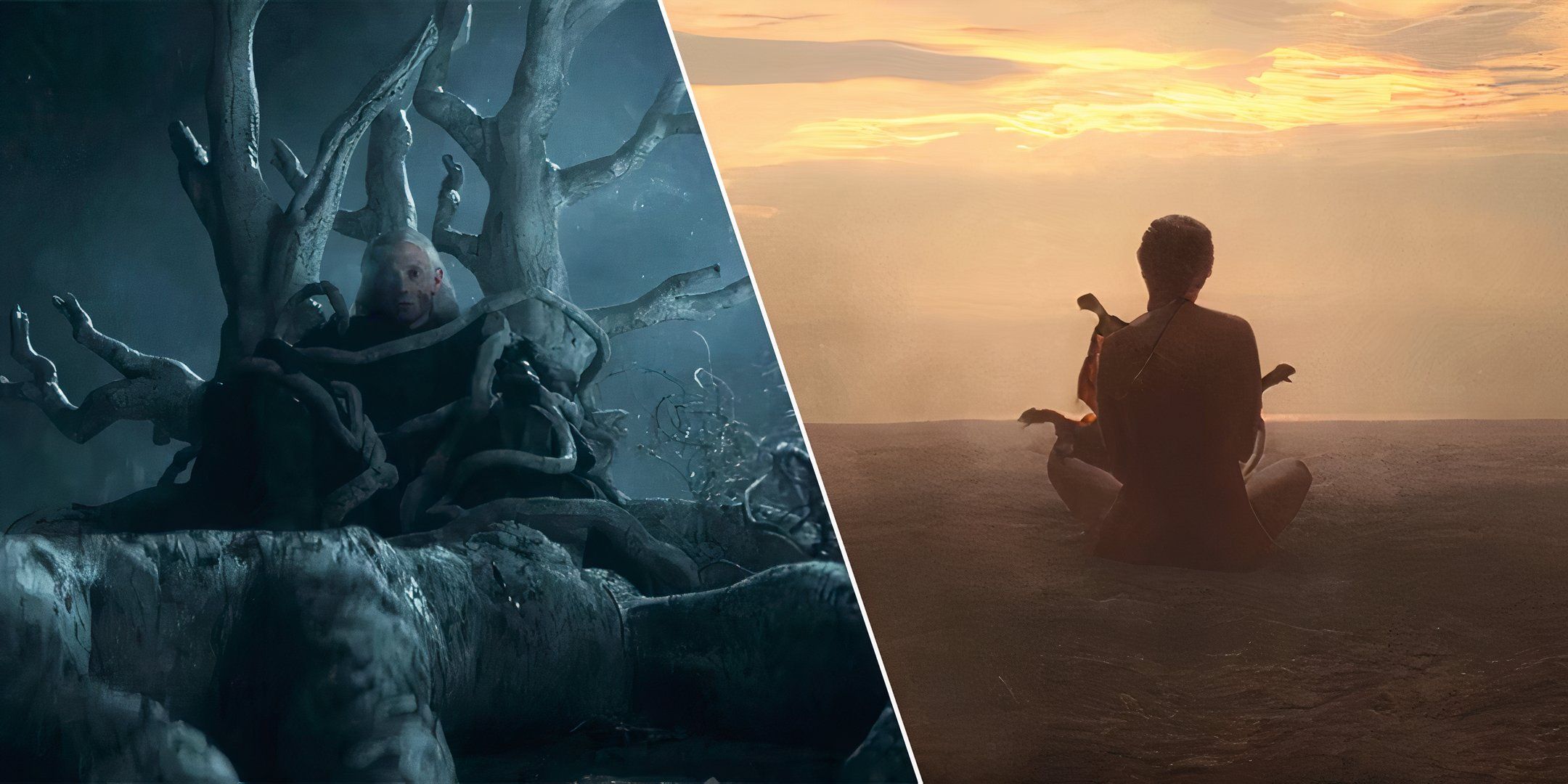
Related
House Of The Dragon: Daemon’s Visions, Explained
What are Daemon’s visions about in House of the Dragon?
There are priests who dedicate their entire lives to the Drowned God, bathing only in seawater, walking barefoot, and generally neglecting their appearance. As priests, they stick close to the coast to be nearer to their god but do not have their own homes. Noble houses on the Iron Islands are obliged to house and feed them when they appear at their doorstep, but the priests mostly keep to themselves and eat fish to survive.
The priests are powerful figures in Ironborn society. They have sufficient political influence to summon a kingsmoot at Nagga’s Hill, as they are seen as representatives of the Drowned God.
Rituals
One of the most well-known rituals the Ironborn practice is known as ritual drowning. Although the Ironborn are known to have sacrificed captives to the Drowned God by drowning them, in some cases, some of the Ironborn voluntarily wish to be drowned as an act of devotion. The priests would then attempt to revive them through the ‘kiss of life’; those who survive are considered reborn and are called the drowned men.
Another ritual is that of giving blessings. As demonstrated in Game of Thrones with Theon Greyjoy, a priest would pour seawater over the devotee while chanting, to which the devotee replies with the all-famous phrase: “What is dead may never die.” In other instances, priests could also be called to bless new ships by praying and pouring seawater on the ship.
R’hllor
R’hllor, also known as the Lord of Light or the fire god, played a huge role in both the books and the show. The religion is practiced mainly on Essos, with red temples all over the continent and filled with red priests and priestesses seeking new converts. According to lore, R’hllor is the god of fire and life, eternally battling against the god of ice and death, the Great Other.
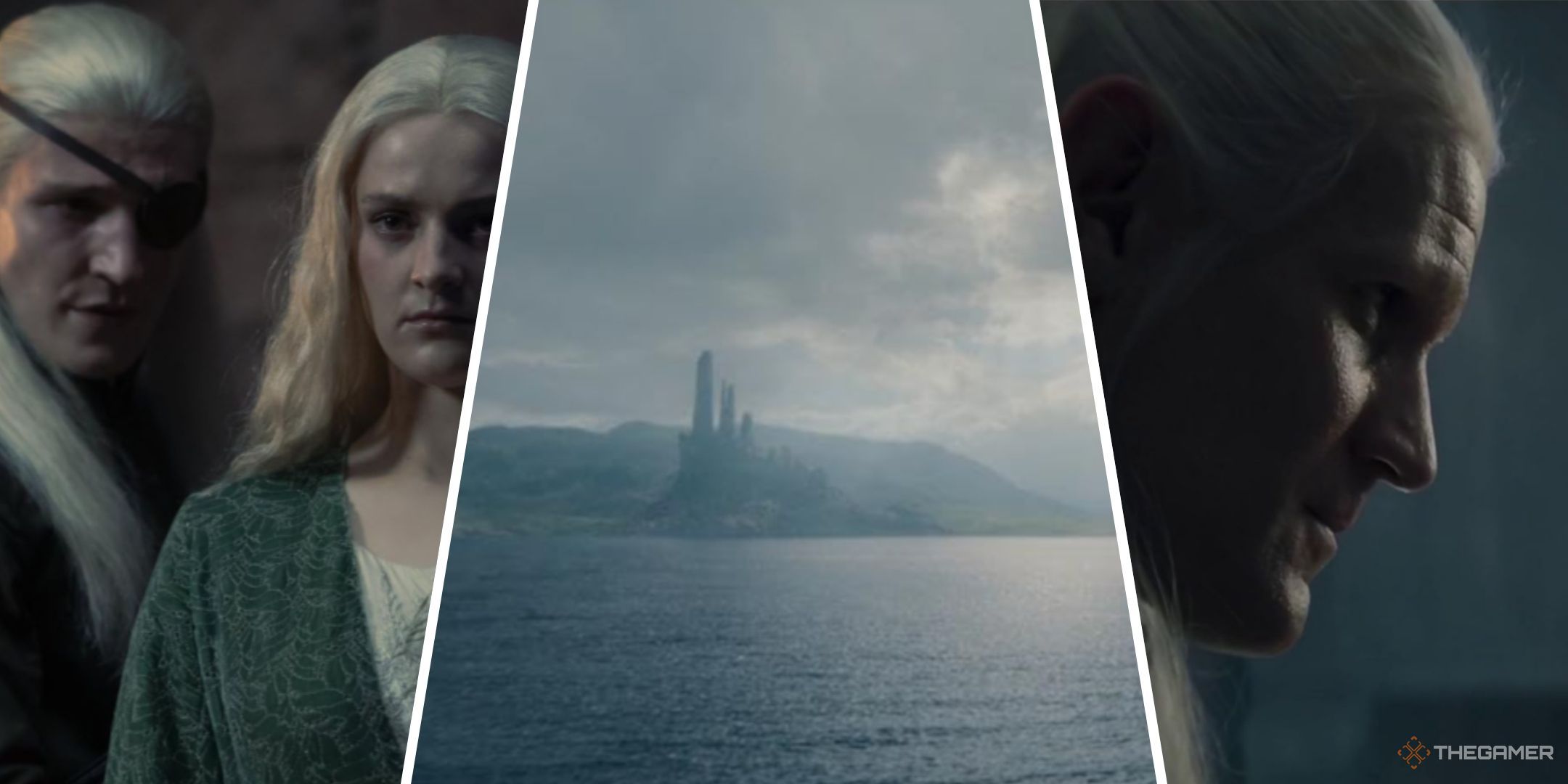
Related
House Of The Dragon: What Happens In The Gods Eye, Explained
The Gods Eye is significant for the major battles still to come in House of the Dragon, and you can learn more about it all here!
R’hllor’s cultists usually gather around a nightfire to pray, with priests lighting a fire at sunrise and sunset each day. Moreover, R’hllor’s followers also preside over weddings, where both bride and groom must jump over a fire together. As for funerals, priests would bestow ‘the last kiss’ upon the corpse, doing so by blowing flames into the corpse’s mouth so that it would spread inside their body.
Red priests and priestesses would take live sacrifices and burn them at the stake as offerings. These sacrifices are non-believers, but Melisandre is noted to say that the best sacrifices are those who are pure-hearted.
The Prophecy Of Azor Ahai
The Lord of Light is a religion steeped in magic and one notable part is their priests’ ability to have visions of the future. Although all are trained to see into the flames, some are more talented than most. And for the red priests and priestesses, they await the coming of Azor Ahai, the legendary hero who wields Lightbringer and is destined to save them from the Long Night.
According to the prophecy, Azor Ahai will also herald the return of the dragons, and he will be reborn as the Prince Who Was Promised. Interestingly, this coincides with the prophecy that’s known as Aegon’s Dream, of a child who will be born from the ‘song of ice and fire’ that was passed down from king to heir in the Targaryen dynasty.
Throughout the show, we see Melisandre prattling constantly about Azor Ahai or the Prince Who Was Promised, initially believing it to be Stannis, but changing her mind after bringing Jon Snow back to life. But it’s demonstrated that red priests and priestesses could misinterpret their visions. It also shows that not all of R’hllor’s followers are of the same mind on who Azor Ahai was, with Kinvara believing it to be Daenerys Targaryen.
The Gods Of Old Valyria
Although this religion is largely extinct in the Game of Thrones timeline, the Gods of Old Valyria were prominent during the days of the Valyrian Empire. After the Doom, much of the rituals and tenets of this religion have been lost. However, we do know of the Old Valyrian marriage ritual as demonstrated in House of the Dragon, where the bride and groom would slice their palms, cut each other’s lips and smear blood on the other’s forehead, as well as drink a mysterious liquid.
The Targaryens are known for naming their dragons after these gods, with Balerion, Vermithor and Syrax as examples.
The Old Valyrian gods are also known as the Fourteen Flames, and they’re listed below:
|
Balerion |
The god of death and ruler of the Underworld. |
|---|---|
|
Vhagar |
The goddess of war and chaos. |
|
Meraxes |
The goddess of the sky. |
|
Aegarax |
Father of the first dragon and god of all living beings. |
|
Gaelithox |
The god of fire, sun, moon, stars and the dawn. |
|
Meleys |
The goddess of love and fertility. |
|
Shrykos |
The goddess of beginnings, endings, change and entryways. |
|
Vermax |
The god of language and travel. |
|
Arrax |
King of the gods and the god of justice and law. |
|
Syrax |
The god of wine, parties and madness. |
|
Caraxes |
The god of the sea. |
|
Vermithor |
The god of smiths and crafts. |
|
Tessarion |
The goddess of beauty, music and the arts. |
|
Tyraxes |
The goddess of wisdom and war. |
The Great Stallion
The Dothraki horselords were a prominent feature in the books and show, and their culture and religion revolved around the Great Stallion. There isn’t much about the worship of this horse god, but it’s probably the reason why horses are treasured among the Dothraki. According to what we see in the show, the Great Stallion seems to sanction the killing and the enslaving of other peoples.
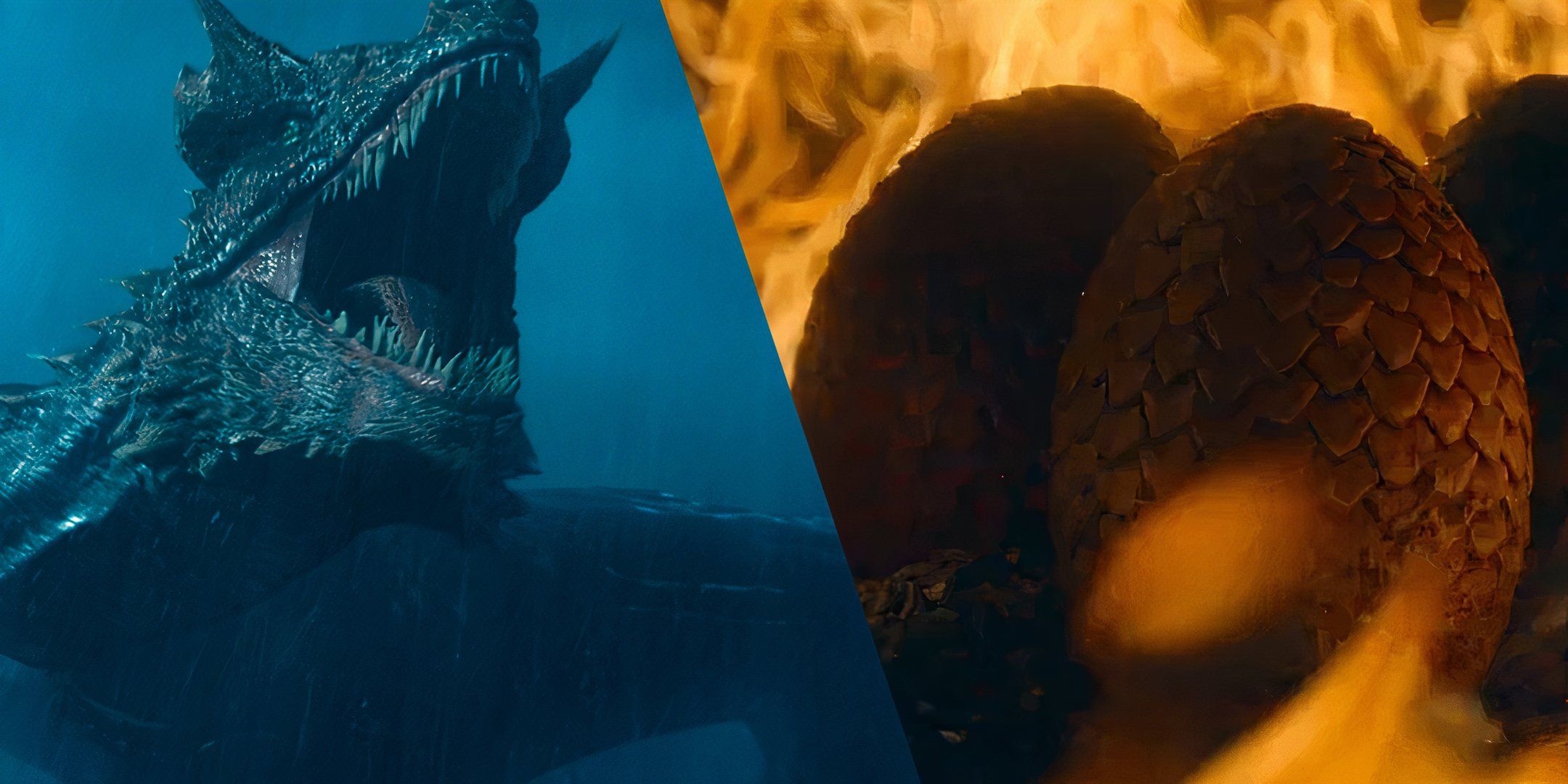
Related
House Of The Dragon: How Many Dragons Survive The Dance Of The Dragons?
The Dance of the Dragon was a devastating event, but some dragons managed to survive.
Although they revere the Great Stallion, the Dothraki also believe that the sun and moon are gods, while the stars are the khalasar of the Great Stallion. They also consider the Mother of Mountains a sacred site, and Dothraki characters would regularly swear oaths to the Mother of Mountains.
When it comes to weddings – in the words of Jorah Mormont – the horselords believe it to be bad luck if there aren’t a few deaths. On the other hand, the Dothraki prefer cremation upon death, believing that their souls will ascend to the heavens to join their ancestors in the Night Lands to be part of the Great Stallion’s khalasar.
The Stallion Who Mounts The World
Just like the Lord of Light, the religion of the horse god has a long-time messianic prophecy attached to it. According to their religion, a king-like figure known as the ‘stallion who mounts the world’ will come to unify all the horselords under one khalasar to conquer the world.
In the books and show, the Dosh Khaleen claimed that Daenerys’ unborn son, Rhaego, was the child of prophecy. This never came to pass, as the witch Mirri Maz Duur tricked Daenerys and sacrificed Rhaego in a bid to ‘heal’ Khal Drogo. However, it appears – based on how Daenerys’ narrative arc progresses – that it’s Daenerys herself who fulfils the prophecy through her three dragons, Drogon, Viserion and Rhaegal.
The Many-Faced God
Based in the city of Braavos, the Many-Faced God is the religion of a group of shadowy assassins known as the Faceless Men. However, according to them, the Many-Faced God is equivalent to a death god, and the many other death gods of other cultures are simply the different faces of the Many-Faced God.
The House of Black and White is their headquarters, where they keep altars of all known death gods, from the Stranger and the Lion of the Night to the Black Goat of Qohor. As a result of worshipping a death god, the Faceless Men deem death a gift to humanity. Those seeking death could enter the temple, where they are given a drink of poisoned water; in return, the Faceless Men are allowed to take their faces for their contracts.
According to the Faceless Men, the assassination contracts they receive are Death’s will, with their targets chosen by Death. As seen in Arya Stark’s arc, the Faceless Men strip themselves of all forms of identity and possessions, calling themselves ‘no one’. Compared to other religions on this list, the Faceless Men do not have any rituals nor do they pray – instead showing their devotion by carrying out assassinations.
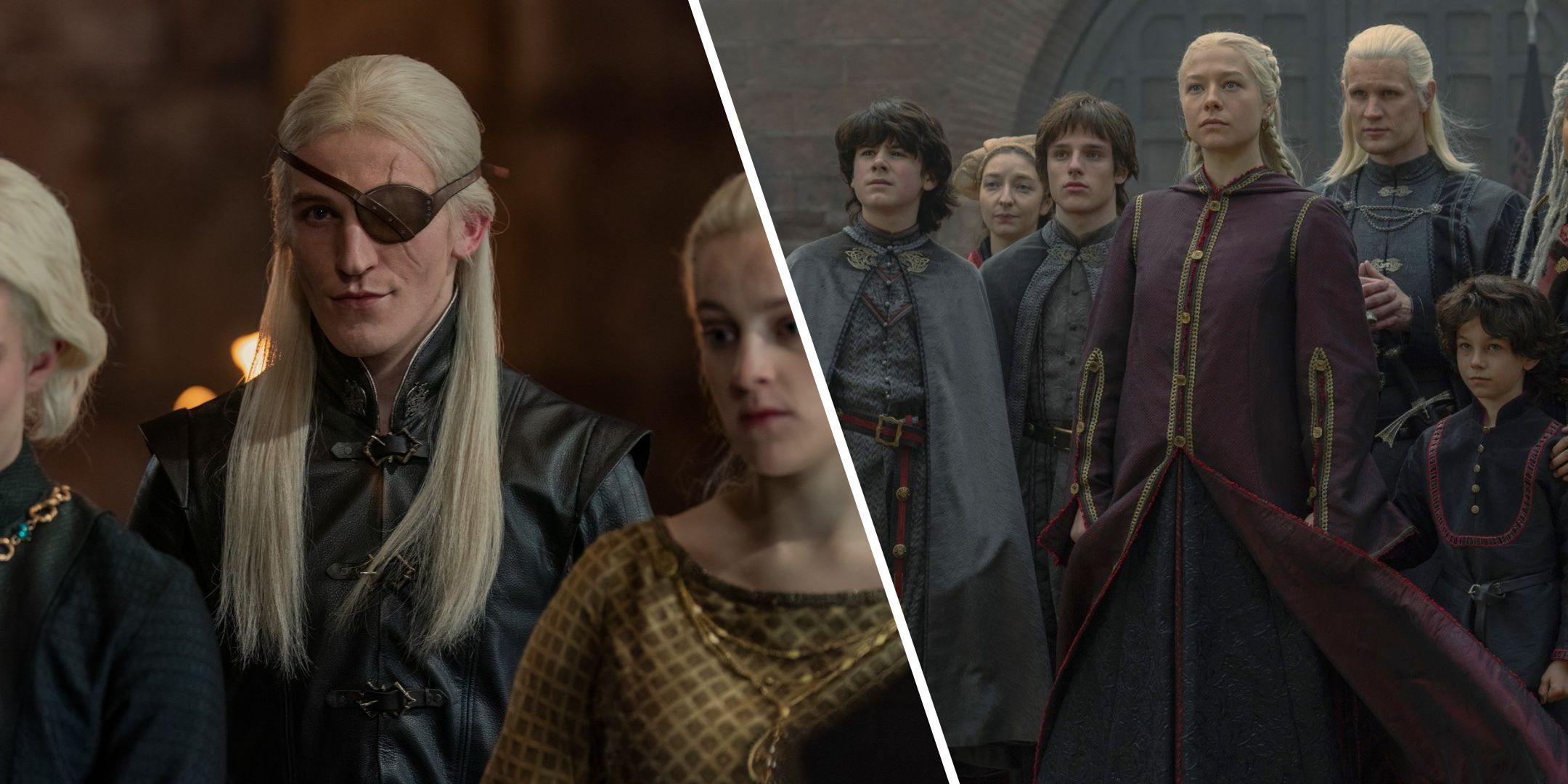
Next
House Of The Dragon: The Targaryen Family Tree, Explained
Following every single one of the Targaryen characters in House of the Dragon can be difficult with their number and similar names.
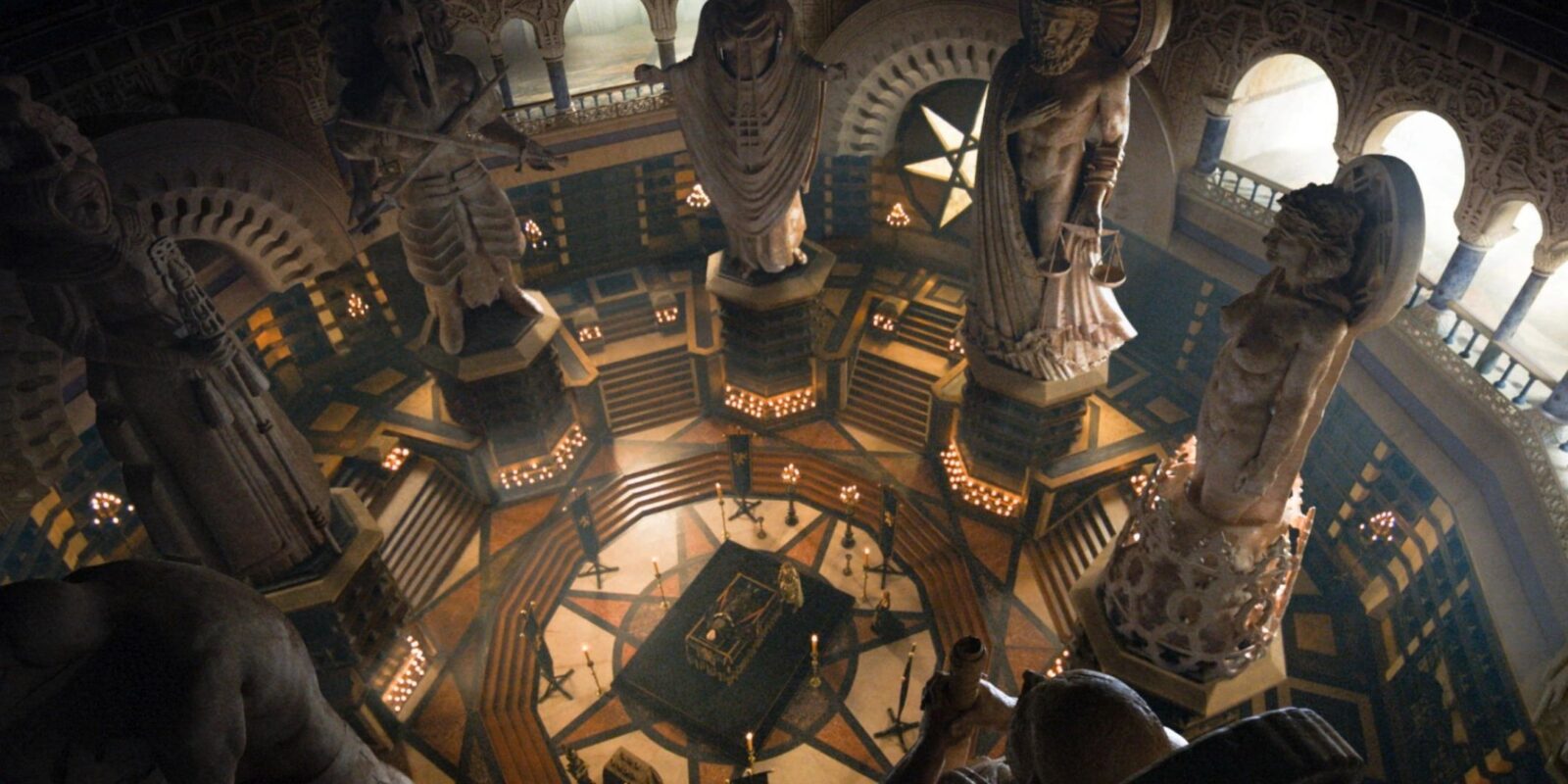
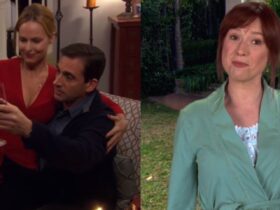
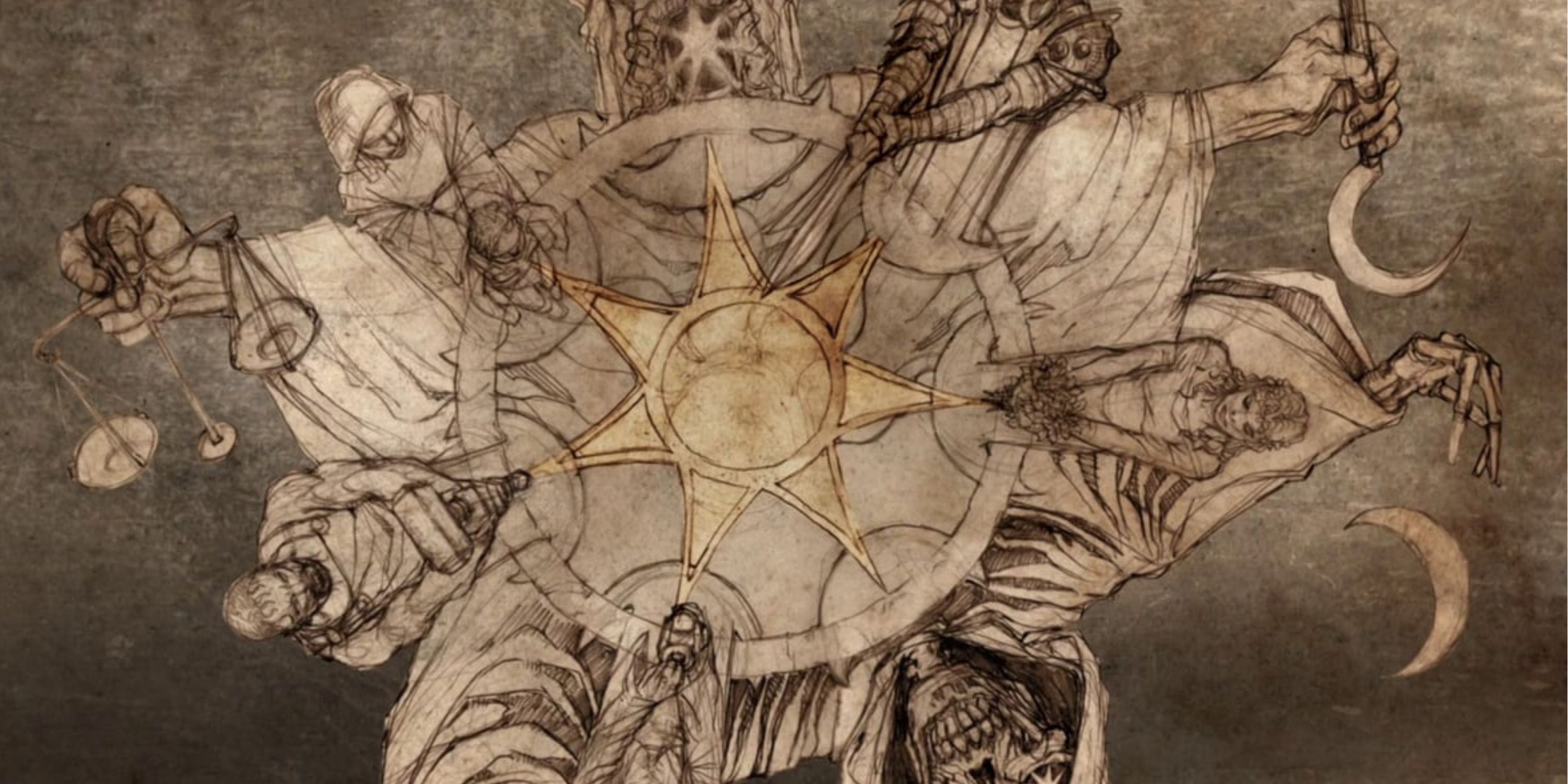
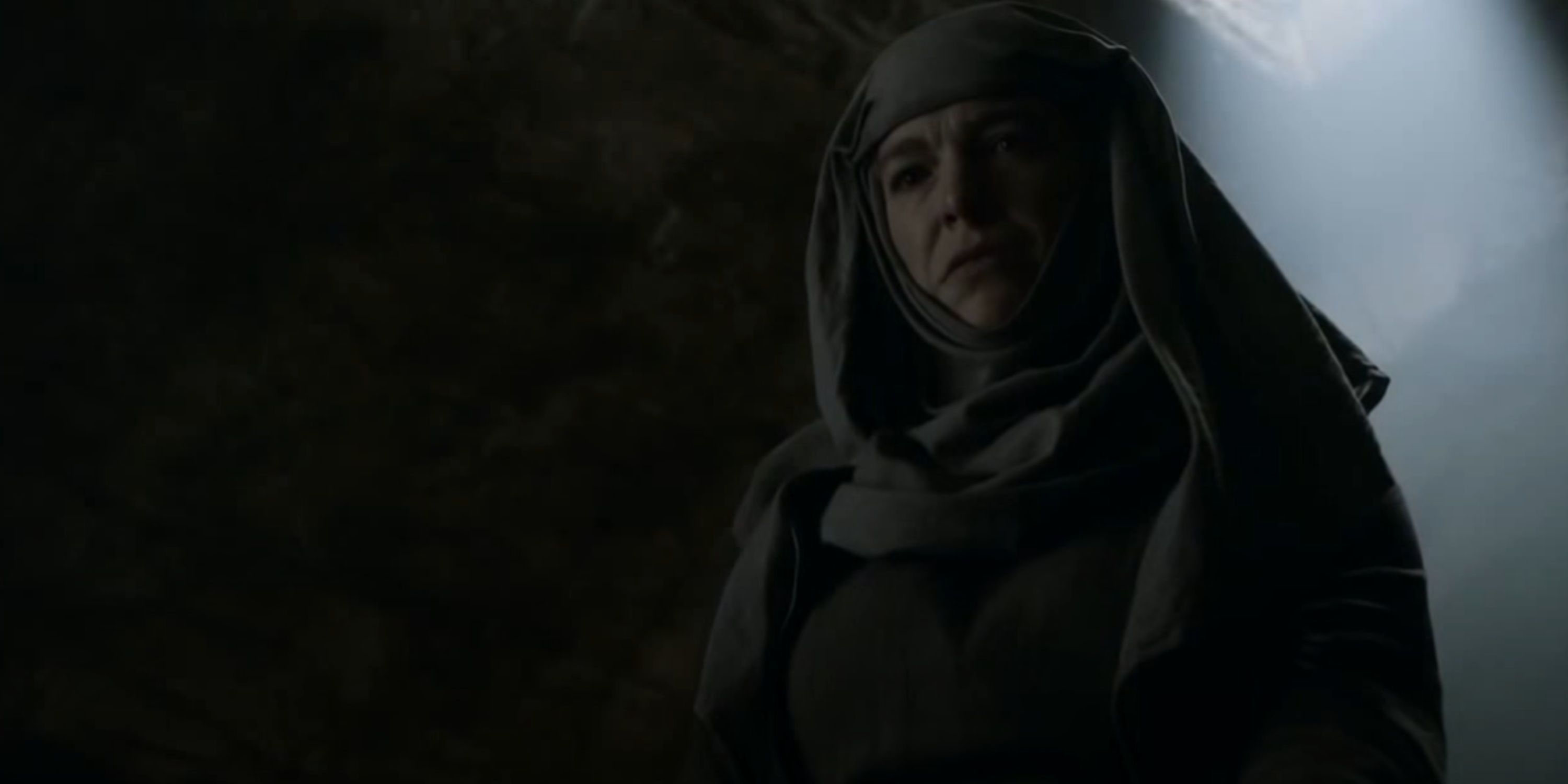
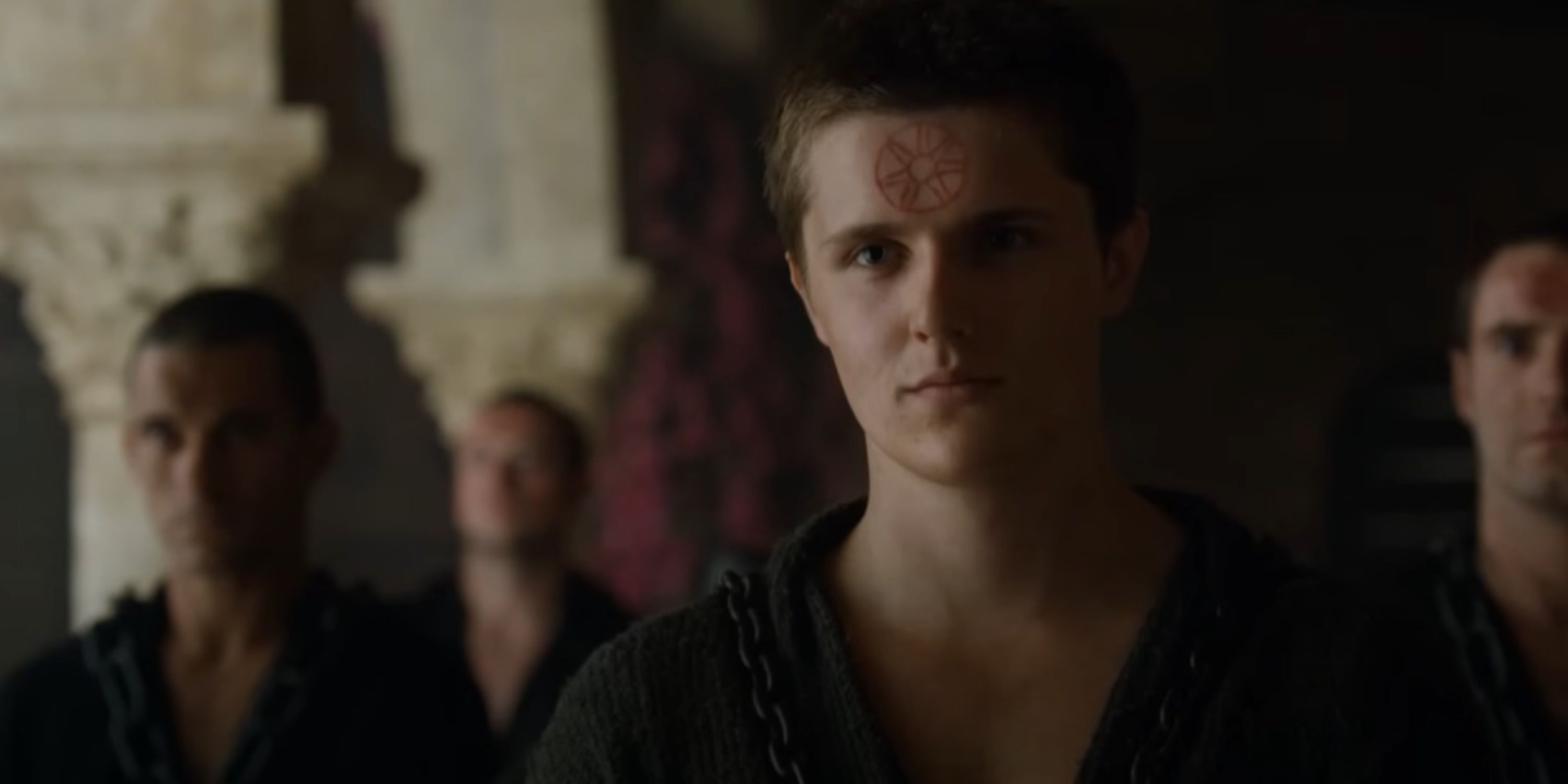
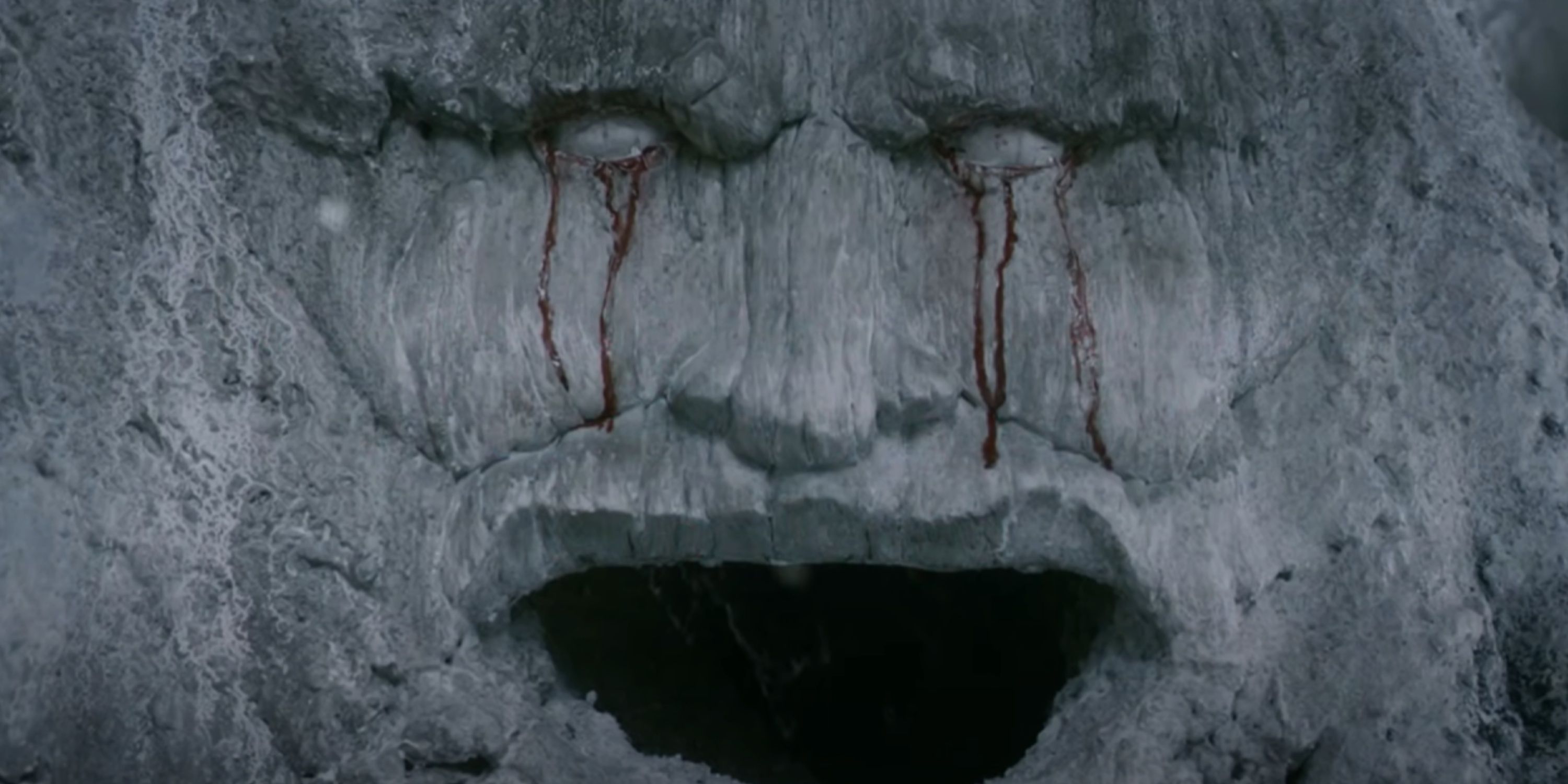
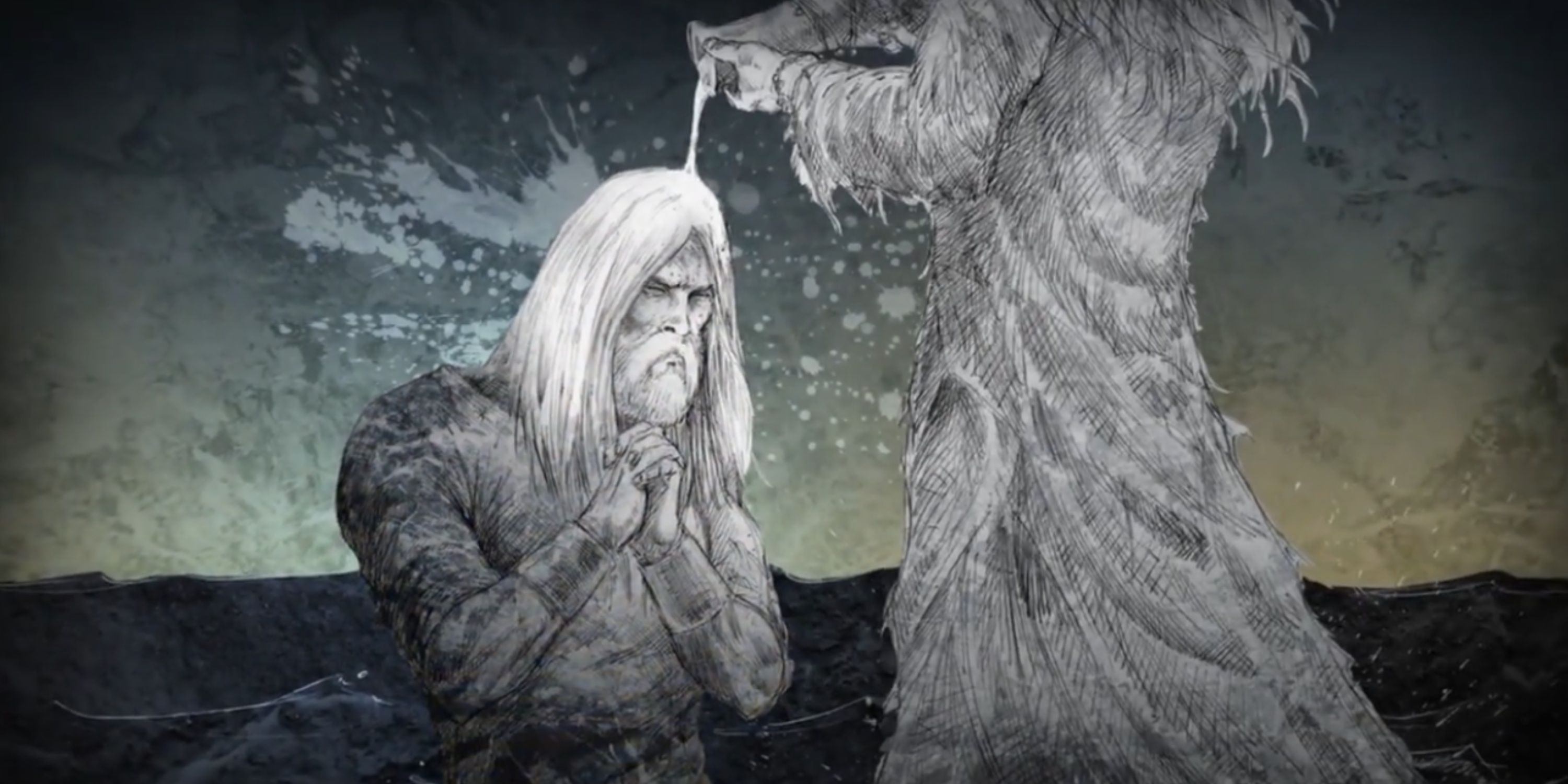
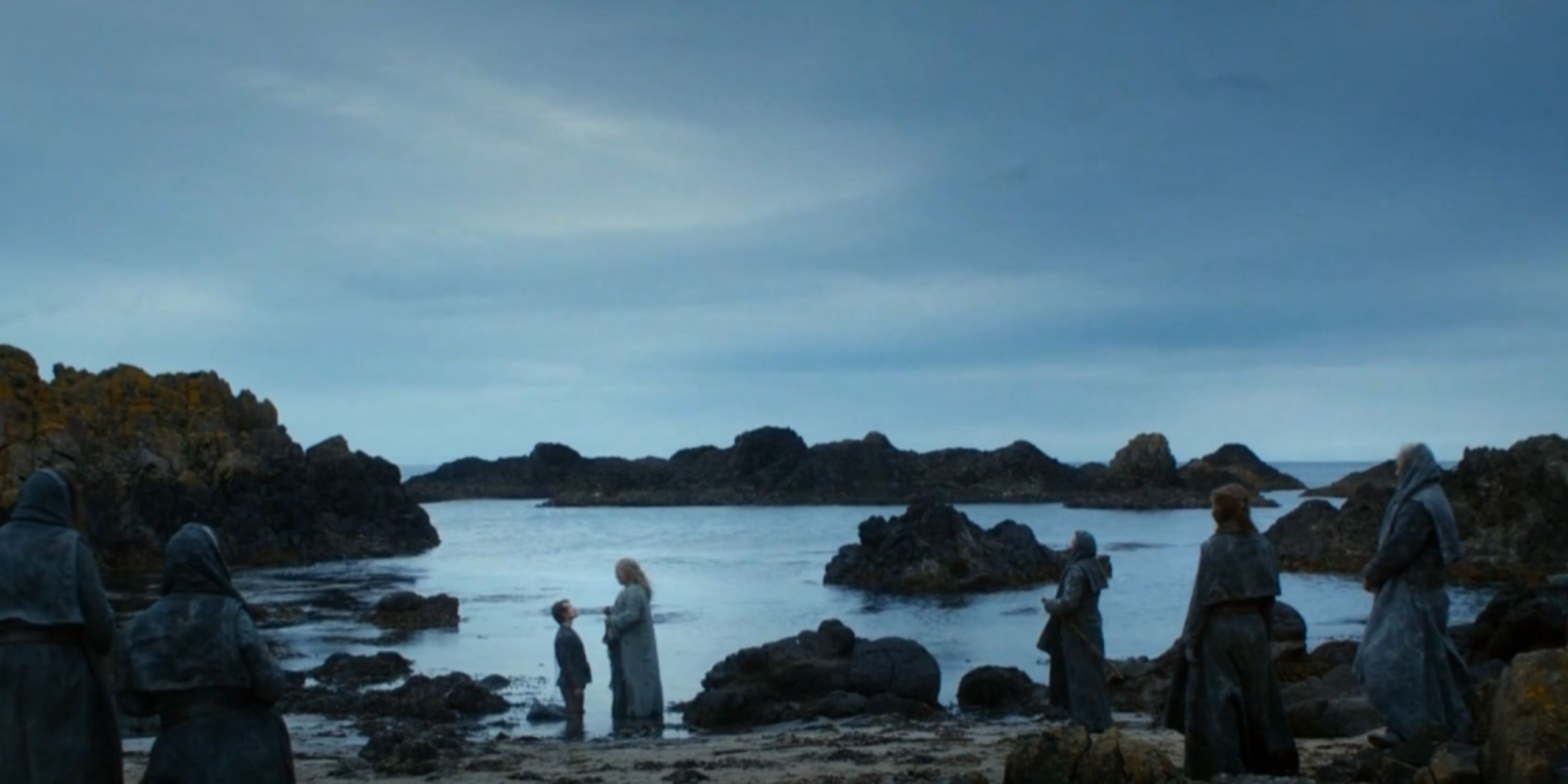
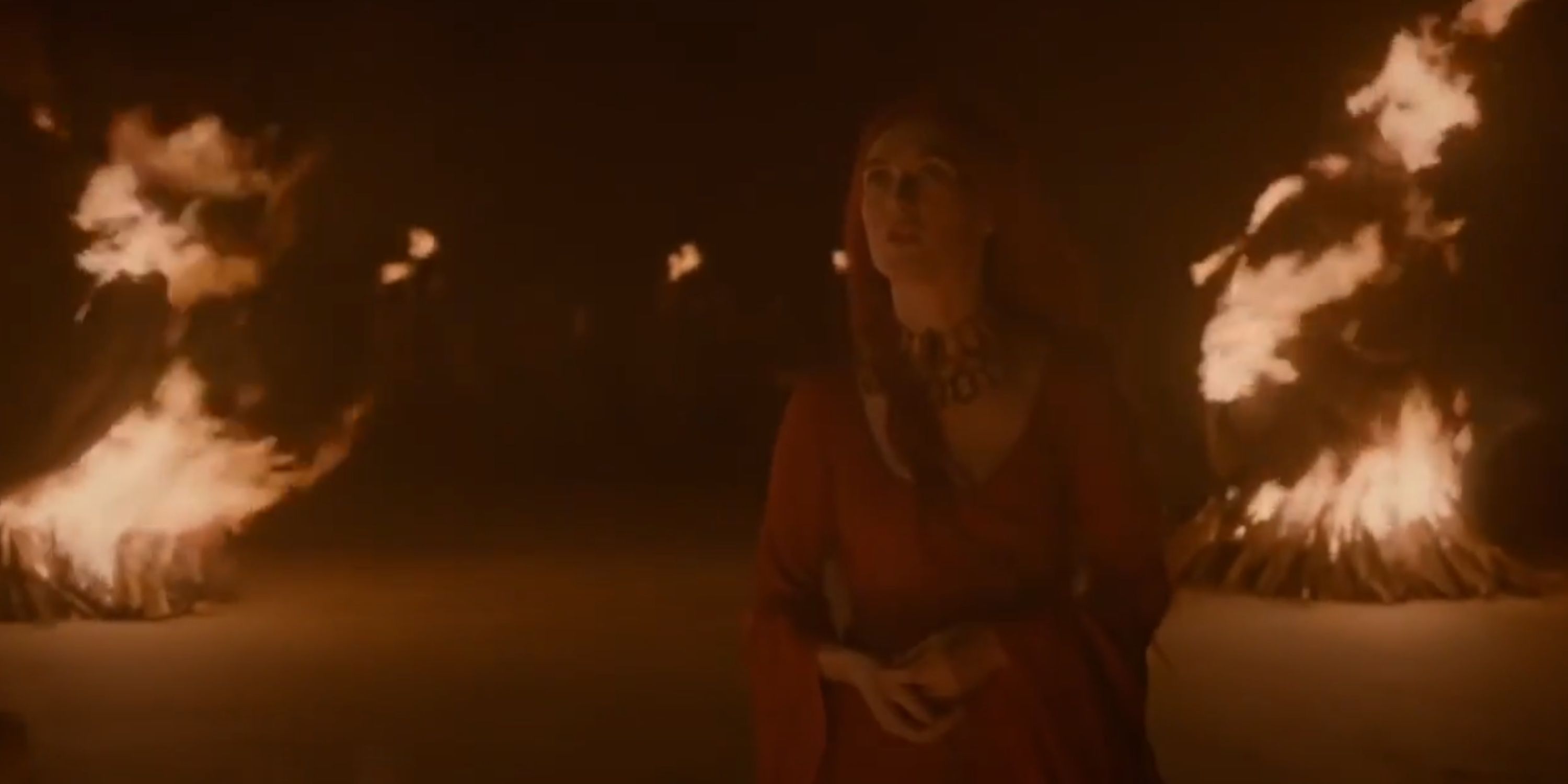
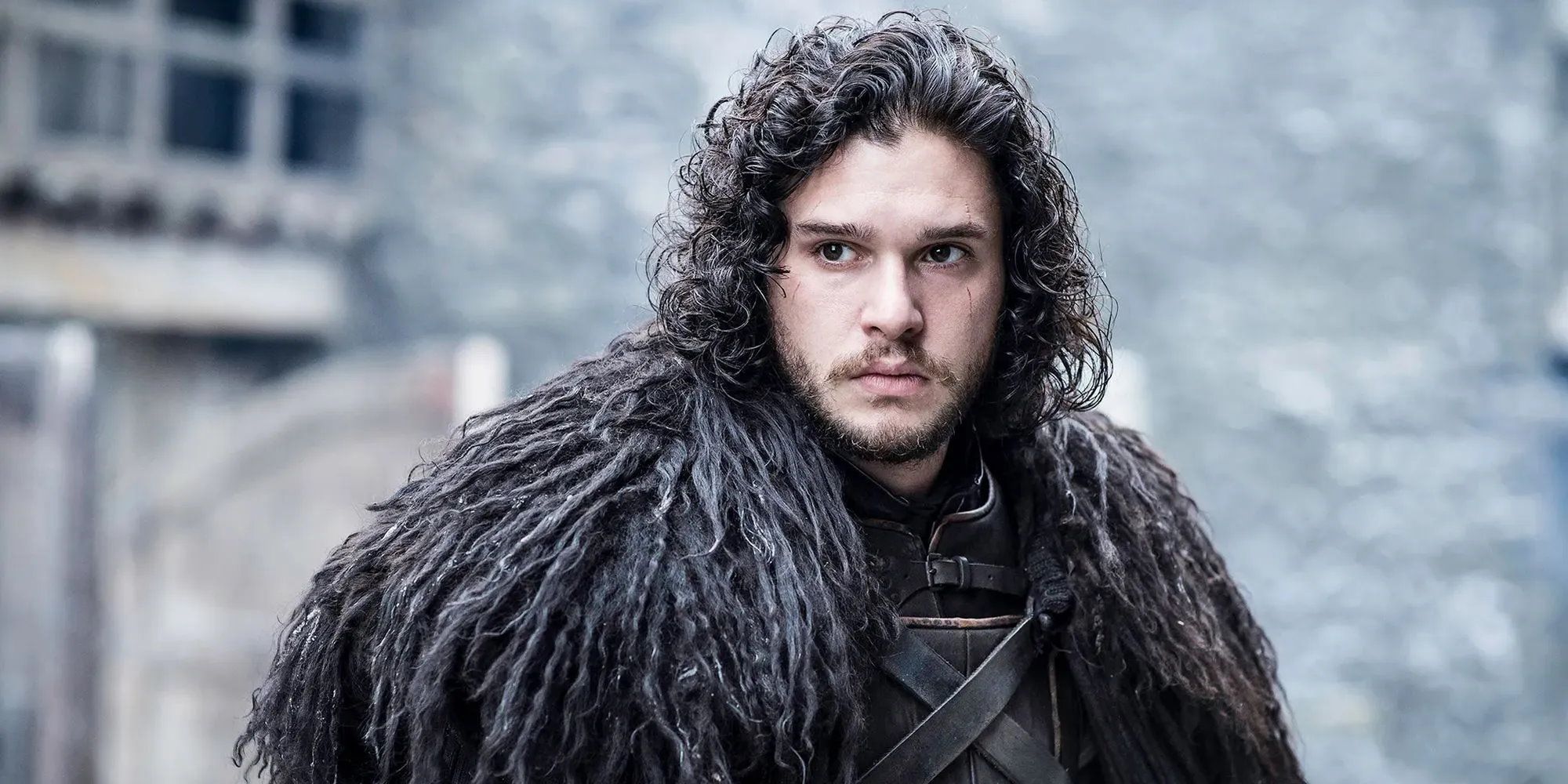
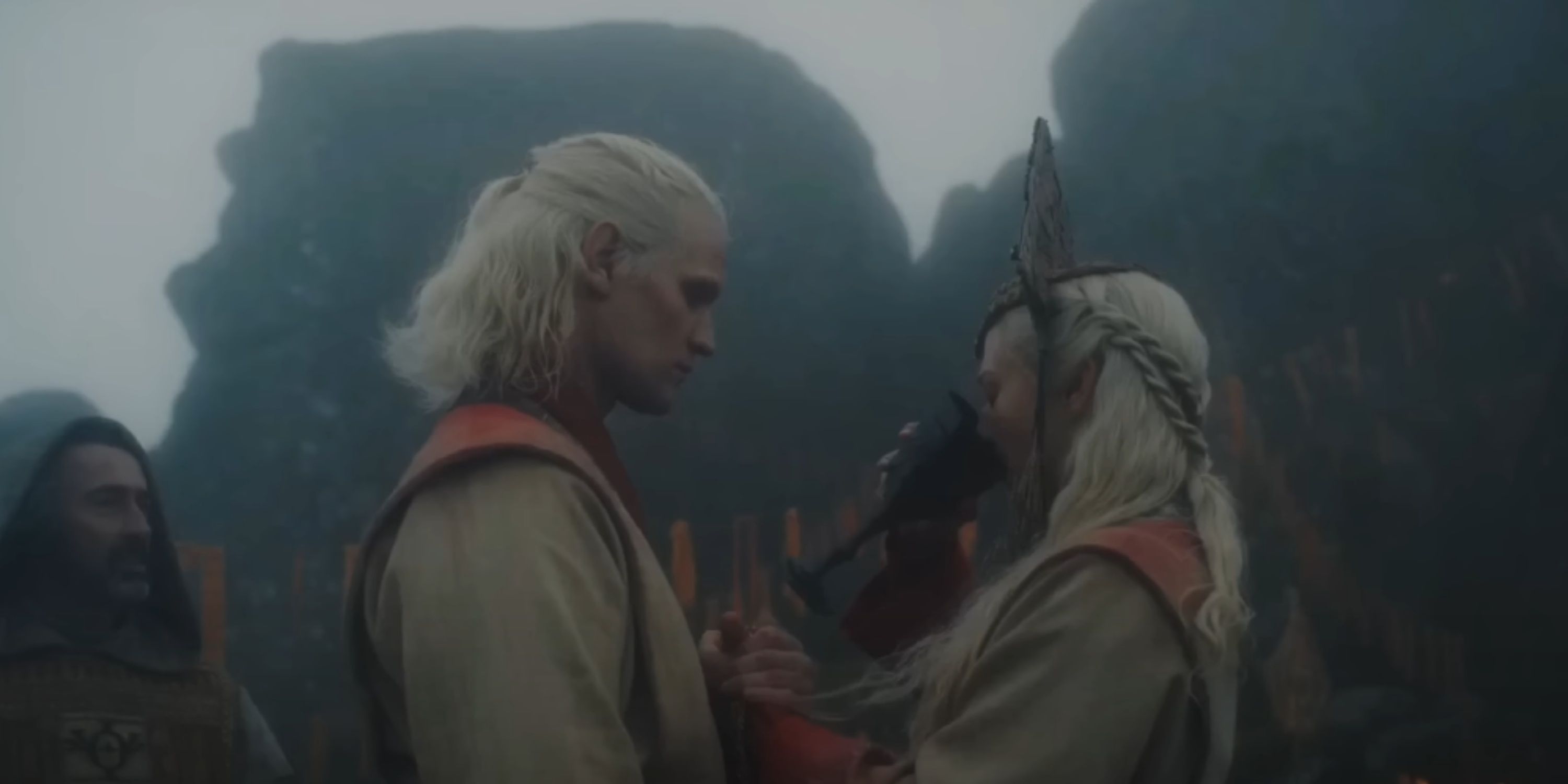
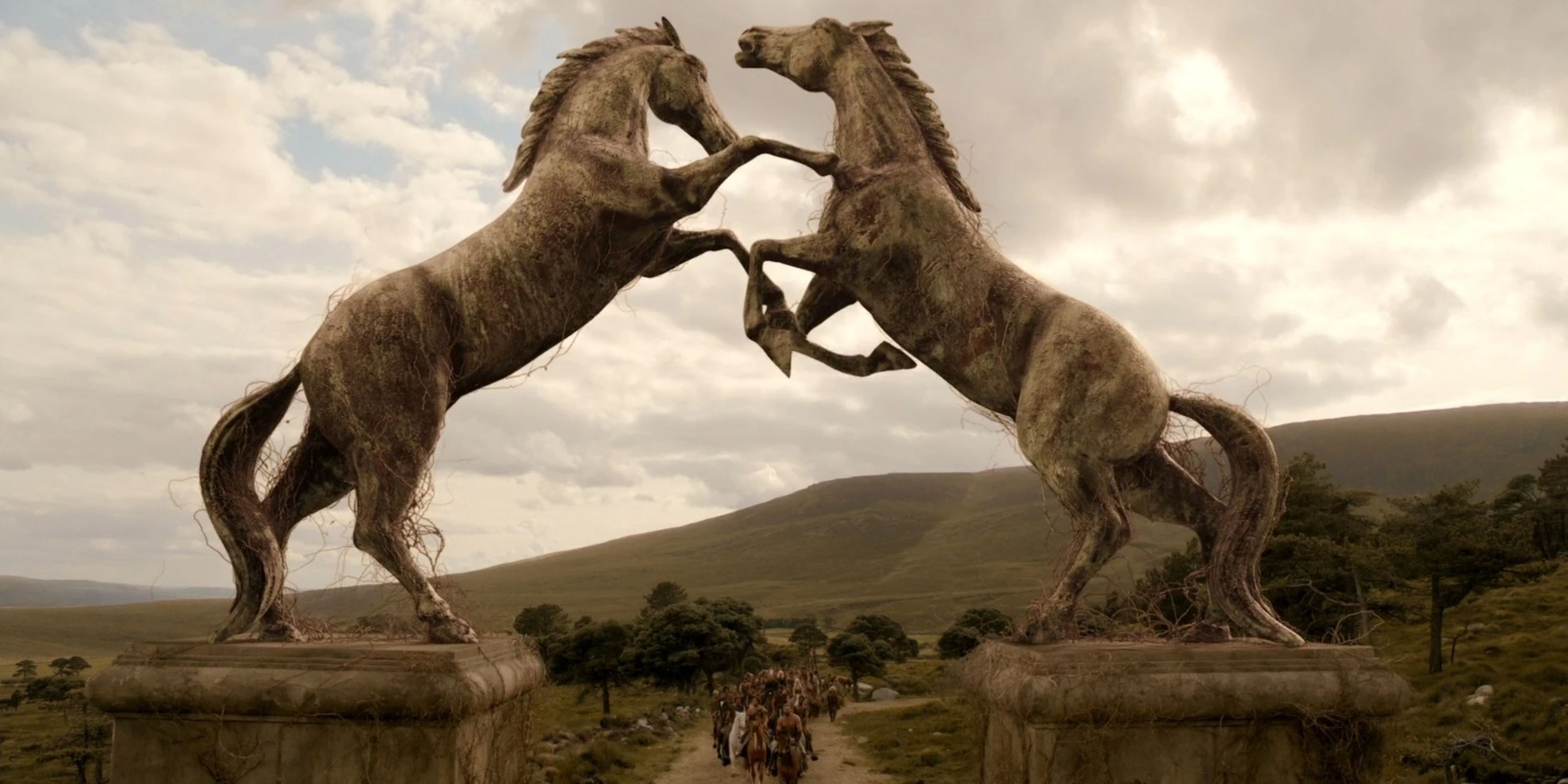
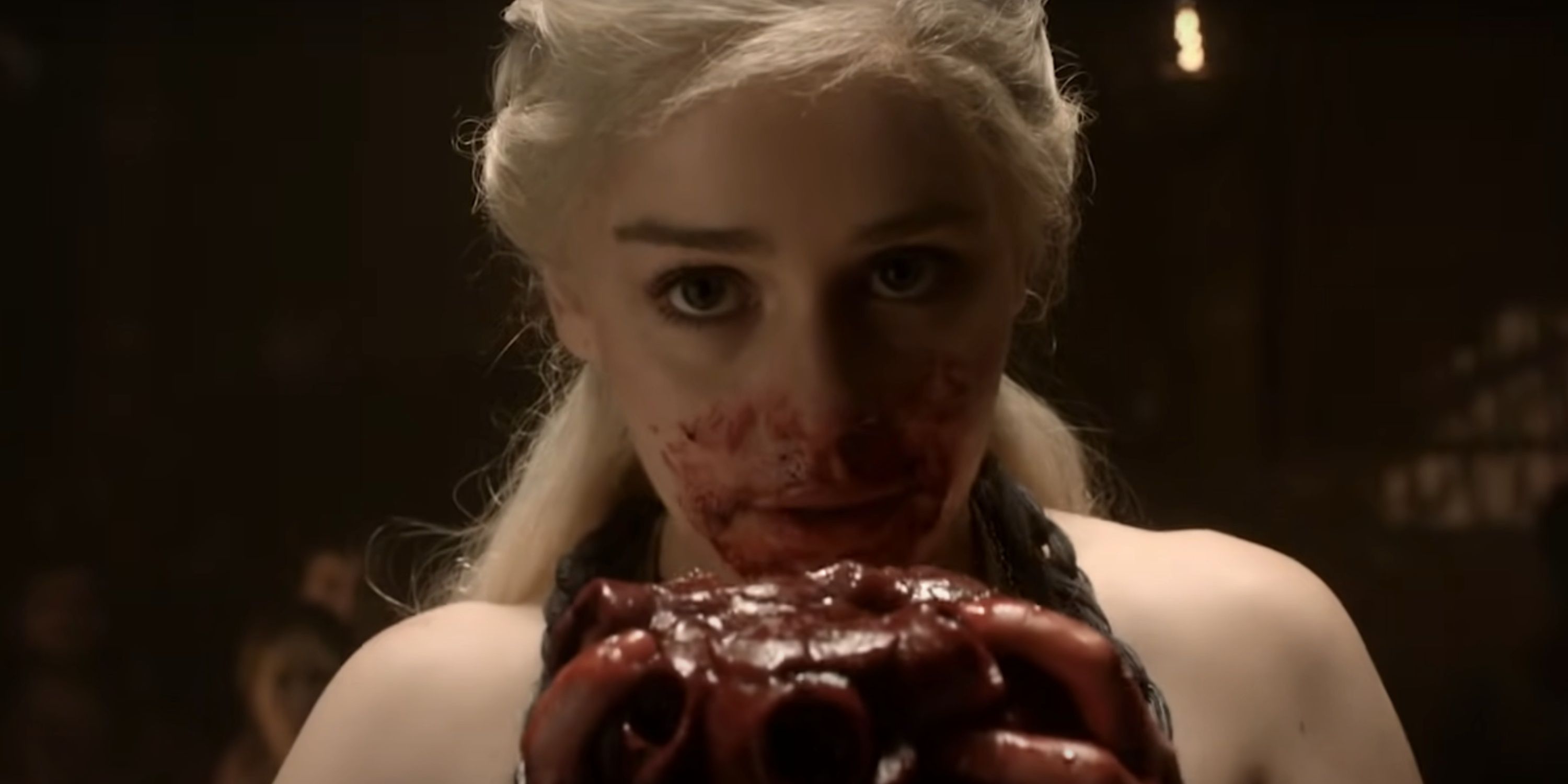
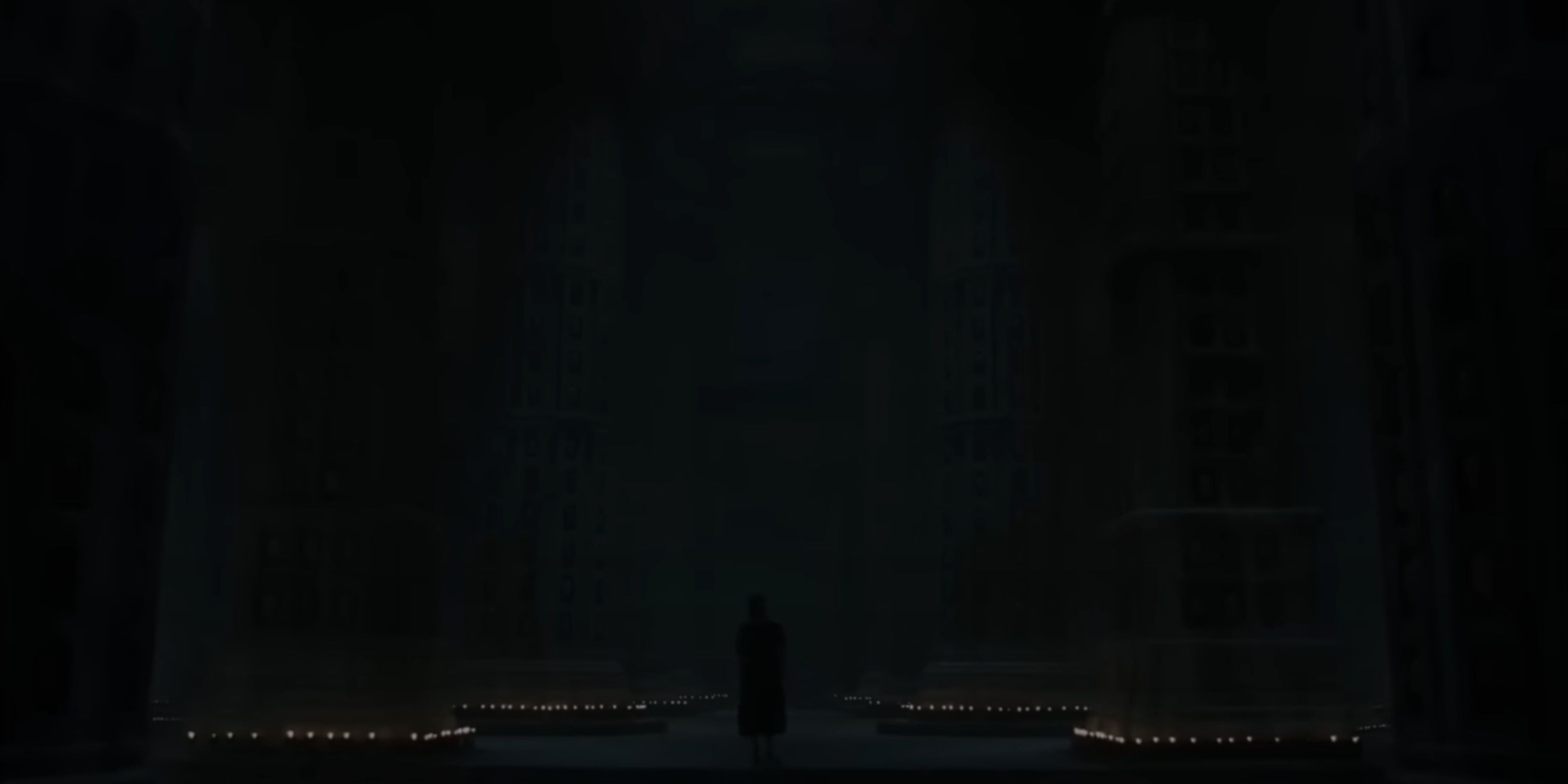
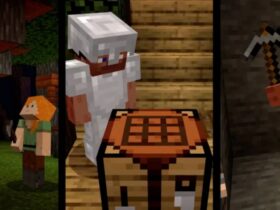
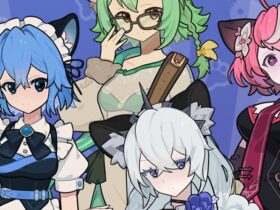

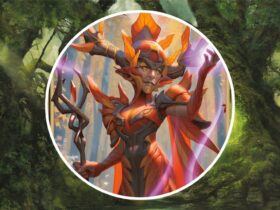
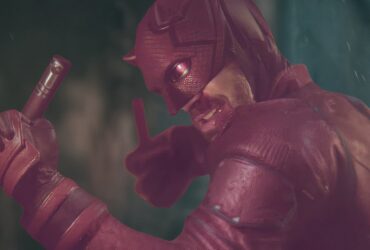

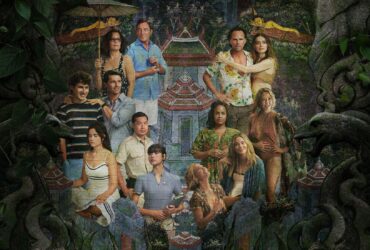
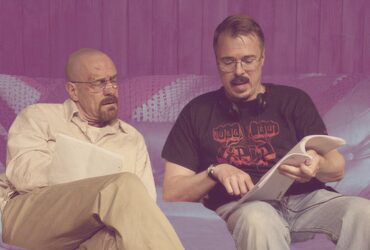

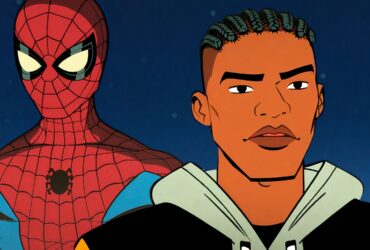
Leave a Reply